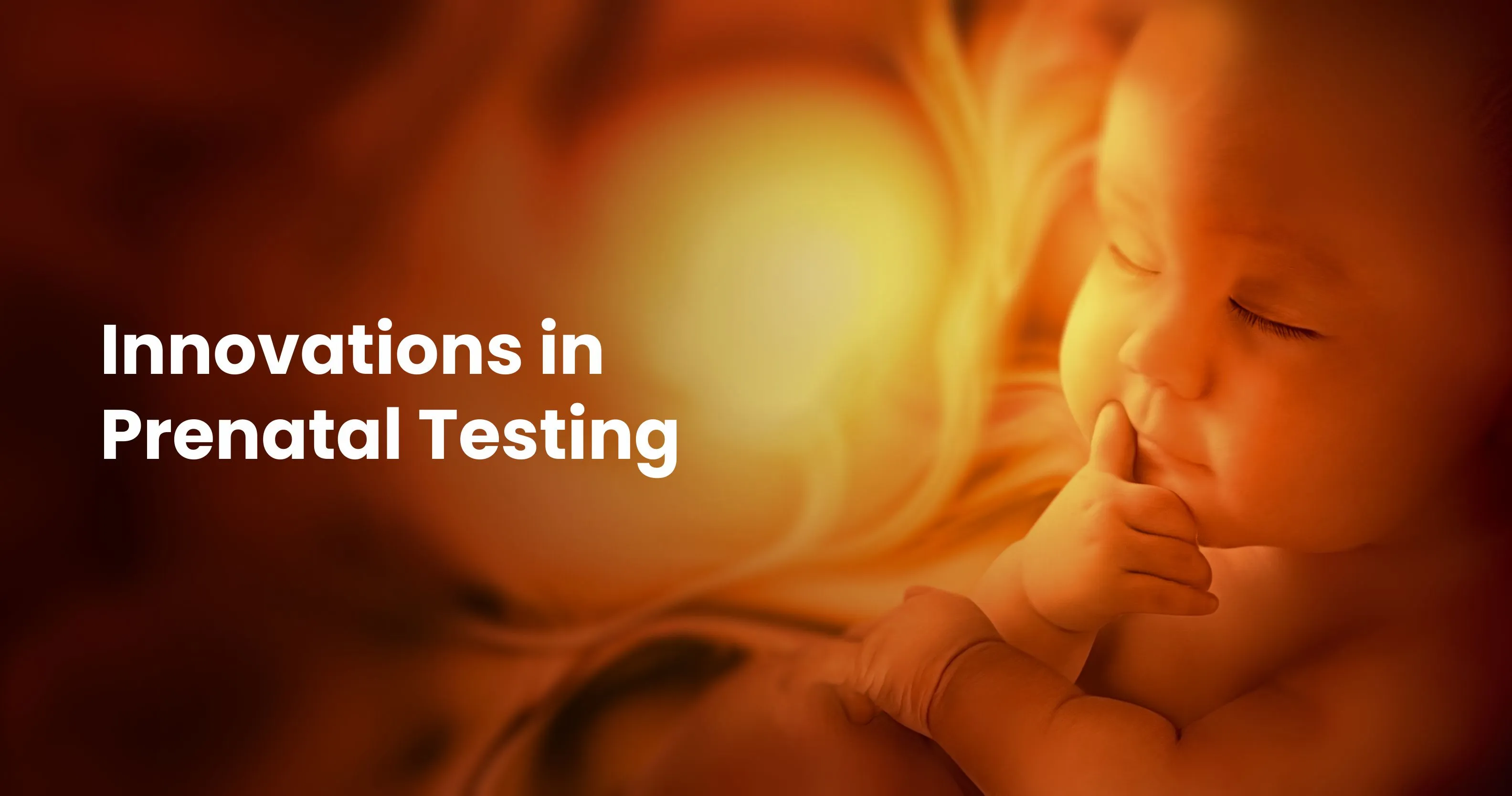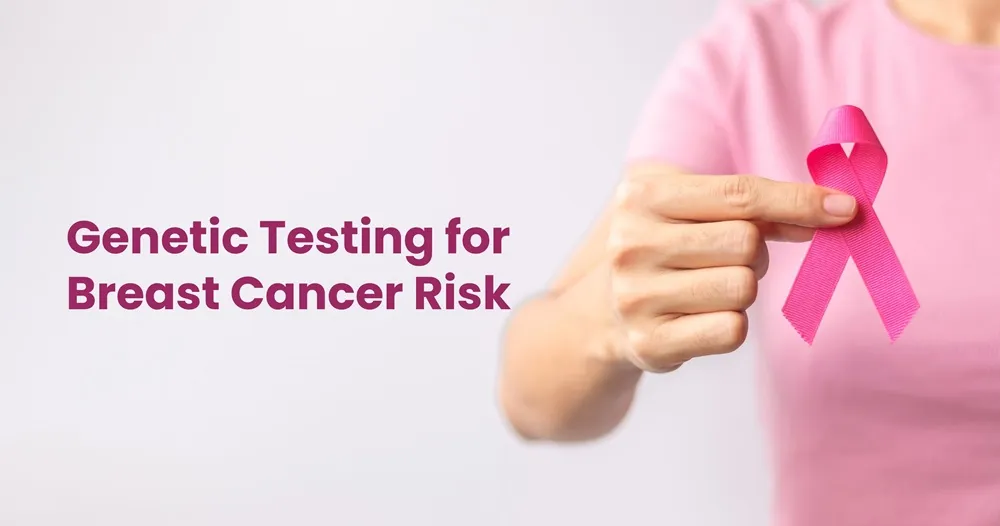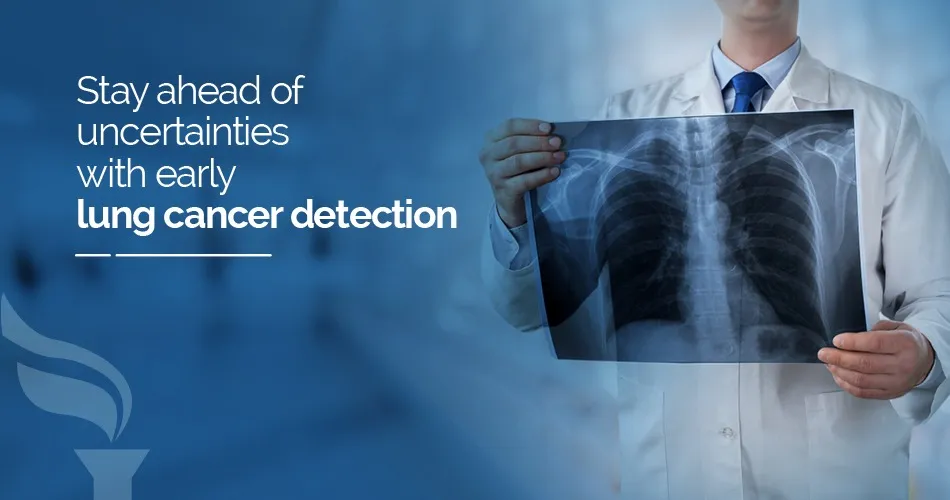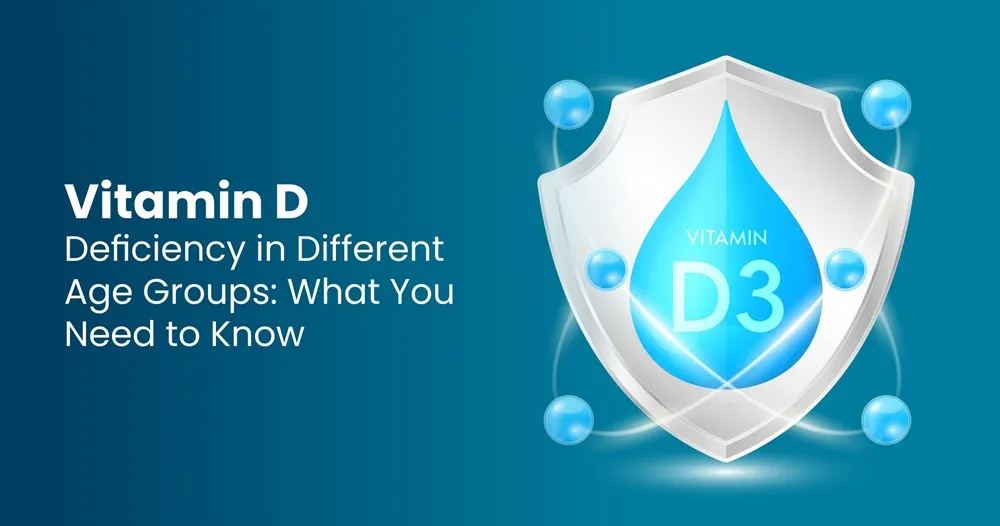Blood Clots: Causes, Symptoms, Treatment, and Diagnosis
Jun 03, 2020
Blood clots are clumps in the blood that are formed by platelets. These clots help in stopping excess blood flow in places there is a cut or an injury. However, blood clots should not be formed when blood is flowing through the body. When clots are created inside the blood vessels or when it clots too much, there can be problems that warrant a health check and diagnostic tests.
While clots formed inside the little veins close to the surface of the skin can be treated easily, the ones that manifest in the deeper, larger veins require in-depth treatment. Most clots happen in the lower leg; if it happens in a deeper vein, it leads to a condition known as deep vein thrombosis.
DVT becomes complicated when pieces of the clot, called emboli, break away from the localized area (for instance, the lower leg) and move through the bloodstream to an artery. If a blood clot blocks the blood flow to the lungs, it can cause a life-threatening condition known as pulmonary embolism. If the clot blocks the coronary artery, it causes ‘heart attack’.
Symptoms of the blood clot
- Signs of blood clot in the lower leg
The symptoms can be in the form of swelling, pain, soreness, bluish or pale discoloration in the lower leg. If the clot is small, there can be a minor swelling in the calf without any pain. If the clot is big, the entire leg can be swollen with pain.
- Signs of blood clot in lungs
The symptoms of pulmonary embolism (blood clot in the lungs) are unexpected shortness of breath, rapid heart rate or palpitations, breathing problems, chest pain or coughing up blood.
(blood clot in the lungs) are unexpected shortness of breath, rapid heart rate or palpitations, breathing problems, chest pain or coughing up blood.
 (blood clot in the lungs) are unexpected shortness of breath, rapid heart rate or palpitations, breathing problems, chest pain or coughing up blood.
(blood clot in the lungs) are unexpected shortness of breath, rapid heart rate or palpitations, breathing problems, chest pain or coughing up blood.- Signs of blood clot in the heart
Squeezing pain in the chest or heaviness in the area are symptoms of blood clot in the heart. Shortness of breath and giddiness are other symptoms.
- Causes of blood clots
One of the leading causes of blood clots is prolonged inactivity. For instance, if sitting in car or airplane for long hours can decrease blood flow in the legs. The other causes include obesity, family history of blood clots, and pregnancy, and smoking, intake of medications for hormone replacement, oral contraceptives, and surgery. Being older than 65 years of age also poses a risk for the formation of blood clots.
Blood Clot Treatment
Your doctor may prescribe medicine that can thin blood and decrease the likelihood to clot. Two of the common blood thinners include warfarin and heparin. Warfarin is taken orally and is used for long-term treatment for blood clotting. Heparin is injected and is used to stem blood clots right away. Patients need to work with doctors on an ongoing basis to monitor the effects of these drugs so that the latter can alter the dosage accordingly. A cardiologist may need to insert a stent to open a narrow vein or perform a balloon angioplasty. In critical situations, a drug is known as tissue plasminogen activator may be given to dissolve a potentially fatal blood clot to the brain or heart.
Diagnostic services for blood clots
The doctor will be able to diagnose blood clots based on the results of laboratory tests and patient history. Risk factors are also determined by knowing about environmental factors coming into play like a recent prolonged activity like air-travel and use of medications.
Diagnostic tests for blood clots are in the form of non-invasive ultrasounds. In this scenario, sounds waves move through the tissue and reflect back the results. Through a computer, these sound waves are transformed into moving images that show clots and other abnormalities in the vein. Apart from ultrasounds, computed tomography (CT) scans can also give images of the blood vessels, where the results could be viewed three-dimensionally and in greater detail. MRI or magnetic resonance imaging can also be used to detect blood clots. The doctor may also ask you to go for a blood test, as a part of the health check process
Do not hesitate to contact a diagnostic center for more information and lab tests related to blood clots.
Related Blog Post
Blog Categories
- Child Health
- Mens Health
- Women's Health
- Mental Health
- Health Myths & Facts
- Fitness
- Nutrition/Recipes
- Remedies
- Weight Management
- Stress Management
- Health Supplements
- Addiction Management
- Disease Management
- Allergy
- Anemia
- Arthritis
- Asthma
- Autoimmune Diseases
- Blood Pressure
- Cancer
- Deficiencies
- Dengue/Malaria/Chikungunya
- Diabetes
- Eye Problems
- Heart Diseases
- Hepatitis
- HIV/AIDS/STD
- Hormonal Imbalance
- Infection/Flu/Viral
- Kidney
- Liver
- Menstrual Problems
- Pregnancy
- Skin & Hair Problems
- Stomach Ailments
- Thyroid
- Others
- Health Checkups
- Diagnostics/Pathology
- Lifestyle & Wellness
- Covid
- Medical Tests
- Cholesterol
- Health Tips
- Parent Care/Old Age
- Lungs
- Food Intolerance








